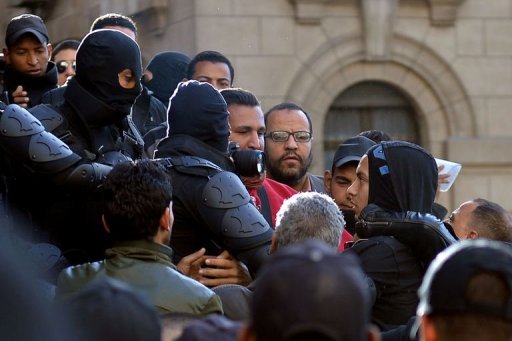LAHORE: Pakistan is now a nation caught between its army and the Taliban, fighting a war not of its own making. Its population lives in fear of bombings and suicide attacks – the next one could be at the local mosque, an internet café, or a roadside restaurant. Most Pakistanis are now resigned to full-scale army action being extended across the country.
Despite all the stakeholders – Pakistan’s army and government, as well as Western countries – knowing the scale of recent army action in Swat and Buner, millions of innocent people were left to fend for themselves as bombs rained down on them from the sky. They were not evacuated. They were left to walk for miles and days to safety.
The United States and the Pakistani army, meanwhile, evidently believe that their sole responsibility is to keep the Taliban at bay. Indeed, only when the mass of internally displaced people swelled to 1.5 million – the worst humanitarian disaster since the Rwanda genocide – did foreign countries, including the US, decided to provide emergency aid.
If the government of Pakistan and its friends do not accept that this human suffering was preventable, a chain of similar disasters will take place as army action heats up in Waziristan and other parts of the country.
The US administration is extremely concerned about the Taliban’s advances in Pakistan. So are Pakistan’s people. But the two have different sets of concerns – and herein lie their inherently different perceptions of the situation.
The US media and government focus their rhetoric on the possibility of Pakistan’s nuclear arsenal falling into Taliban hands. The other obvious Western concern – recently expressed by British Prime Minister Gordon Brown – is the threat of a “crucible of terrorism in the border areas of Afghanistan and Pakistan endangering world security.
Pakistanis, on the other hand, are the people actually living with that threat. The Taliban have brought violence and terror. The innumerable blasts and attacks all across the country, the killing of Benazir Bhutto, and the routine television images of splatters of blood covered with flies have wrecked their nerves.
Now the Taliban are blasting girls’ schools and flogging women. This is not Pakistan. Had it been Pakistan’s ethos, the Taliban in Swat wouldn’t have needed to blast schools – people would have happily pulled their daughters from the schools themselves. Ordinary men and women in Swat believe in education, but the Taliban were terrorizing them out of exercising their legal and constitutional rights.
This illiterate, armed, Wahhabi brand of ideology was imported – as US Secretary of State Hillary Clinton admitted recently before House Appropriations Committee – by the US from Saudi Arabia and other Middle Eastern countries in order to undermine the Soviet occupation of Afghanistan in the 1980’s. Once the mission was accomplished and the Soviets vanquished, the Wahhabi virus was left to fester in Pakistan’s border areas.
In the eight years of General Pervez Musharraf s dictatorship, the US and Pakistan’s army fought against the Taliban in Pakistan’s tribal regions. Only occasionally was the fighting “officially reported. Access to the area was denied to independent media. Many locally-based correspondents were killed in suspicious circumstances.
There was a simple reason why Musharraf was the Western media’s blue-eyed boy: he delivered. He and the Pakistani army delivered many of the Al Qaeda members most wanted by the US – Khalid Sheikh Mohammed, Egyptians, Yemenis, Saudis, and so on.
For Pakistanis, however, Musharraf’s martial rule emasculated civil liberties, pressured media whenever he disagreed with editorial content, massively increased the intelligence service’s meddling in politics, and papered over the genuine grievances of disenfranchised people.
Eight years and many billions of dollars later, the Pakistani Taliban seized control of the Swat region, terrorizing the adjoining district of Buner and raising alarm and consternation through the rest of Pakistan.
Post-Musharraf Pakistan is a rather fragile democracy. Even today, the government’s focus remains killing and bombing. There is no genuine attempt at politically mainstreaming the troubled areas, no understanding of what democracy entails. There is not even any money being spent on equipping hospitals in Peshawar and the rest of Pakistan with adequate blood banks and trauma units, despite the regular inflow of bombing victims.
The Pakistani army would rather be seen as the country’s savior than own up to its own shortsightedness and make clear whether it has decided to change course by obeying the constitution.
Meanwhile, many worries and concerns remain: Will the internally displaced be able to return home and – despite the countless hastily dug graves that scar their beautiful landscape – reconnect with their old lives? Will the political parties finally realize that they must stop looking to the US and start being more responsive to their own people?
But the most important questions are these: Will the face of the enemy become clear? Who is providing the Taliban with guns and money? And will army shelling really end the war?
Ayesha Haroonis editor of The News International in Lahore and an associate fellow at the Asia Society. This commentary is published by DAILY NEWS EGYPT in collaboration with Project Syndicate (www.project-syndicate.org).
